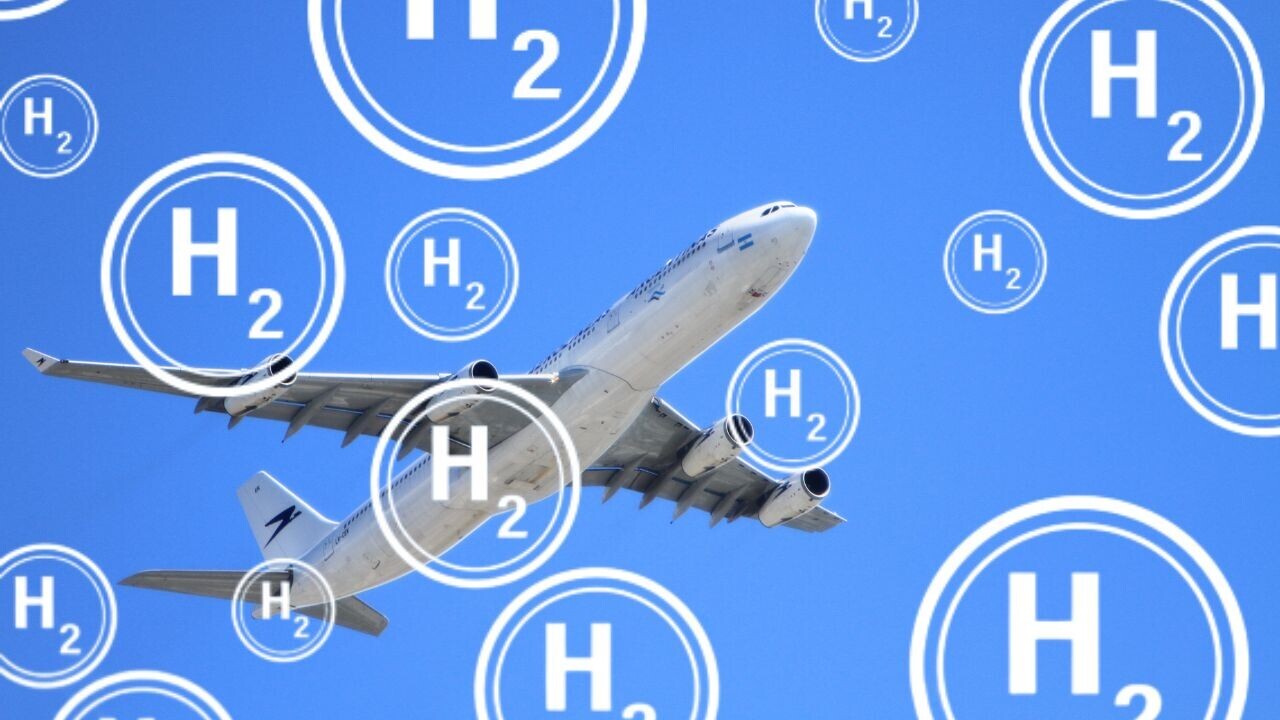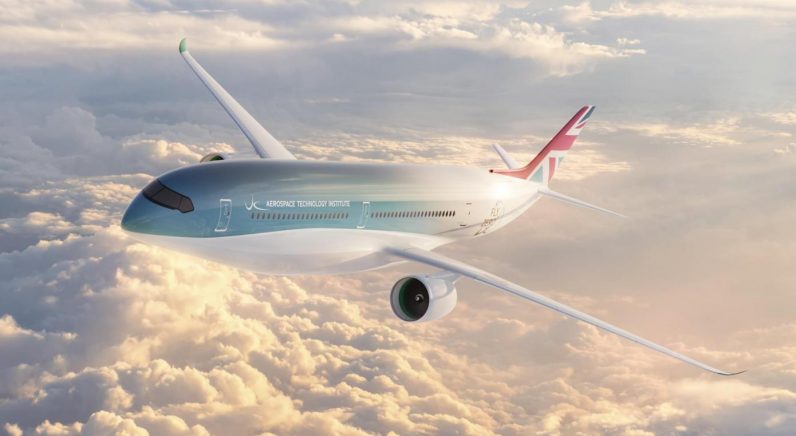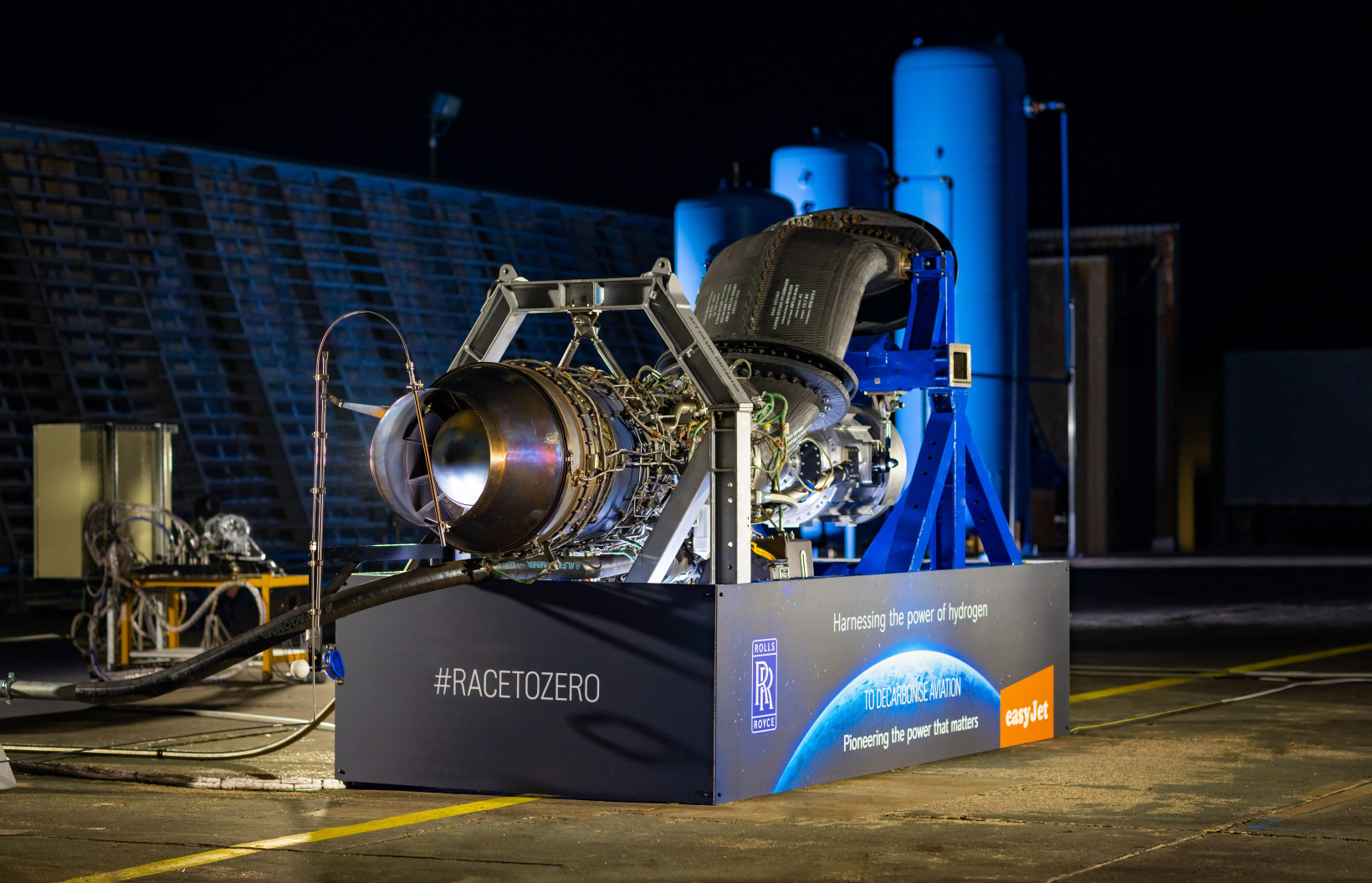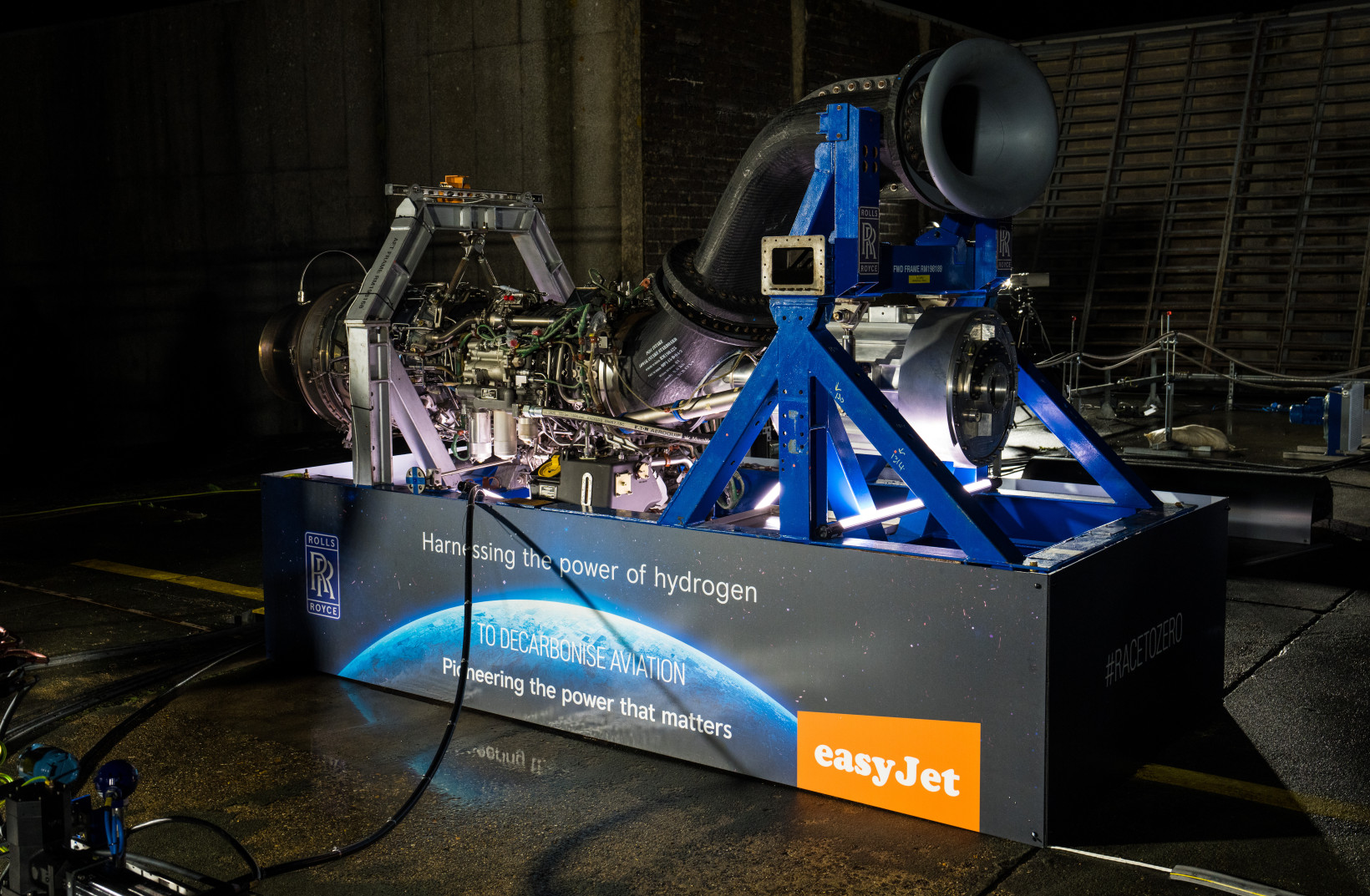
As much as we need to cut aviation’s emissions, batteries aren’t going to do the trick. To replace turbine-driven airliners with similarly-sized electric aircraft will require a monumental leap in battery technology — and we’re simply not there yet.
So how can we make aviation sustainable?
According to studies by the UK’s Aerospace Technology Institute (ATI), aviation can achieve the net-zero 2050 target through the development of both sustainable aviation fuel (SAF) and green liquid hydrogen technologies.
They also highlight that green liquid hydrogen is the optimum fuel for the first generation of zero-emission aircraft.
As per the ATI, targeted investment in the technology could help the UK grow its market share in civil aerospace from 12% today to 19% by 2050. This would increase the sector’s gross value added to the economy from £11 billion to £36 billion — and the number of aerospace jobs from 116,000 to 154,000.
Correspondingly, the UK has been gradually increasing its hydrogen efforts in the field over the past couple of years.
In March 2021, British Airways invested in ZeroAvia — a British/American hydrogen-electric aircraft developer — in an effort to accelerate the development of hydrogen-powered aircraft.

Some months later, the government-backed FlyZero initiative unveiled a liquid hydrogen-powered aircraft concept, capable of carrying 279 passengers to San Francisco non-stop, or to Auckland with one stop.

In the beginning of 2022, British startup EAG announced the creation of Hydrogen Storage Systems, a spin-off company aiming to develop and commercialize hydrogen storage solutions — one of the technology’s biggest challenges.
The spin-off will assist EAG in developing the world’s first “True Zero” (i.e. targeting zero carbon and NOx emissions) 90-seater hydrogen hybrid-electric regional aircraft — the H2ERA.

Big players in the mobility industry are also betting on the technology, which shows how the sector is gaining traction.
As part of their decarbonization strategies Rolls Royce and easyJet have entered into a multi-million-pound partnership aiming to prove that hydrogen could be a zero carbon aviation fuel of the future.
On Monday, the companies unveiled the results of the first ground test they conducted on an early concept demonstrator, claimed to be “the world’s first” run of a modern aero engine on hydrogen.

The testing took place at an outdoor facility in the UK using a converted Rolls-Royce AE 2100-A regional aircraft engine. The green hydrogen for the tests was created by wind and tidal power.
“The success of this hydrogen test is an exciting milestone. We only announced our partnership with easyJet in July and we are already off to an incredible start with this landmark achievement,” Grazia Vittadini, CTO of Rolls-Royce, said.
“We are pushing the boundaries to discover the zero carbon possibilities of hydrogen, which could help reshape the future of flight,” he added.
The companies plan a series of further rig tests leading up to a full-scale ground test of a Rolls-Royce Pearl 15 jet engine — with the aim to implement the tech on easyJet-sized aircraft.

As promising as hydrogen sounds, there are still many challenges ahead.
Hydrogen has lower energy density by volume compared to conventional fuel. That is, 8 MJ/L versus gasoline’s 32MJ/L, meaning that larger quantities need to be stored to provide the equivalent energy.
Thus, an entirely new infrastructure would be needed to store and transport it at airports, which would be a costly enterprise as it doesn’t exist at scale yet.
And, although it’s debatable whether hydrogen will mark the industry’s new dawn, the urgency to decrease aviation emissions undoubtedly requires the advancement of technologies that could help achieve that goal.
Get the TNW newsletter
Get the most important tech news in your inbox each week.




